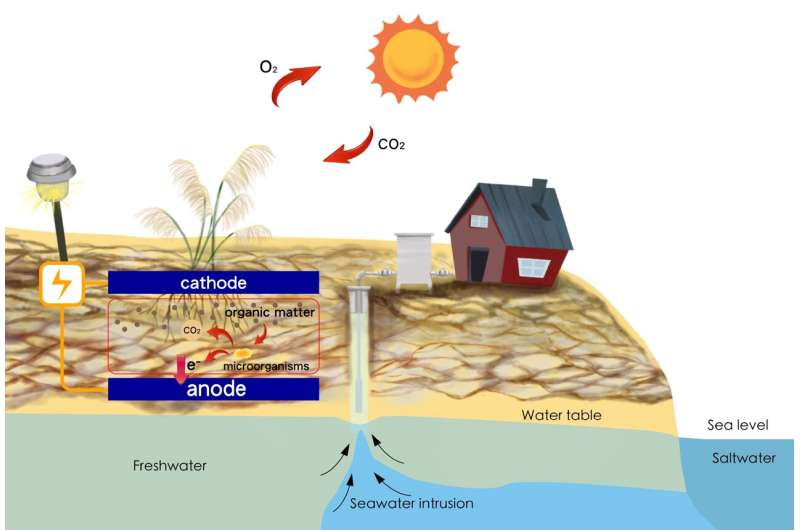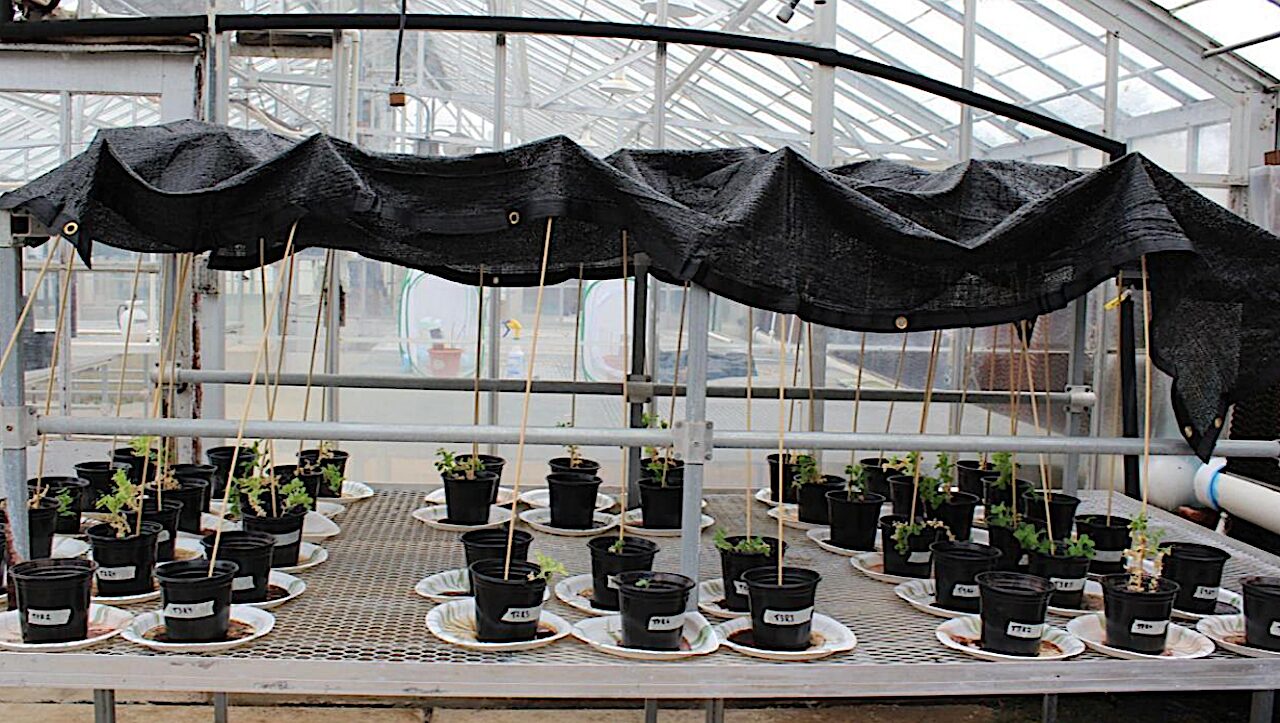Microbial fuel cell (MFC) technology has gained significant traction in wastewater treatment over the past decade, showcasing its ability to generate electricity while simultaneously treating wastewater. Recent research from National Taiwan University has expanded this technology’s application by integrating it with soil to create soil microbial fuel cells (SMFCs) and further combining these with plants to establish plant microbial fuel cells (PMFCs). This innovative approach allows for the conversion of organic matter, both from the soil and produced through plant photosynthesis, into electrical energy using electrochemically active microorganisms.
The study, published on November 3, 2025, in the Journal of Cleaner Production, not only examines the electricity generation capabilities of SMFCs and PMFCs but also addresses the pressing global issue of greenhouse gas emissions. As governments and organizations worldwide intensify their focus on carbon reduction, researchers have investigated how these microbial fuel cells can contribute to lowering emissions from the soil, a critical aspect of climate change mitigation.
Impact on Salinized Soils and Greenhouse Gas Emissions
In certain southern regions of Taiwan, soil salinization poses a significant threat to agricultural production and soil ecology. The research team from National Taiwan University explored the potential of SMFCs and PMFCs in restoring salinized soils. The findings indicate that while these systems can generate electricity effectively in normal soils, they produce relatively low voltage in salinized conditions. Interestingly, the voltage from PMFCs shows a gradual increase over several months of cultivation, suggesting a developing efficacy in these challenging environments.
Additionally, the study revealed differential effects on methane emissions from normal and salinized soils. SMFCs performed better in normal soils, whereas PMFCs exhibited superior reduction capabilities in salinized soils. The research also noted that PMFCs could reduce soil conductivity in salinized conditions, although the specific mechanisms behind this effect warrant further investigation.
Prof. Chang-Ping Yu, the corresponding author of the study, emphasized the potential applications of SMFCs and PMFCs. He stated, “Overall, this study demonstrates the application potential of SMFCs and PMFCs in both normal and salinized soils in producing electricity and mitigating greenhouse gas emissions.”
As the demand for sustainable energy solutions continues to rise, the findings from this research may pave the way for innovative approaches to energy generation and environmental conservation, particularly in regions facing soil salinization challenges.
More information can be found in the study by Chung-Yu Guan et al., titled “Greenhouse gas emission and functional gene dynamics in plant microbial fuel cells with natural and salt-affected soils,” published in the Journal of Cleaner Production (2025).







